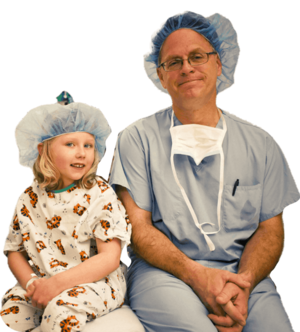Stool Specimen Collection
Collection Procedure:
LTD-Stool: Specimen Collection Version 6
Stool Specimen Collection
1. Accept no more than two specimens/patient without prior consultation
with an individual who can explain the limited yield provided by
additional specimens
2. Do not accept specimens from inpatients after the third hospital day,
without prior consultation
3. Test stool for Clostridium difficile toxin for all patients with clinically
significant diarrhea and a history of antibiotic exposure. Consider C.
difficile testing as an alternative to routine microbiologic studies for
inpatients who have test requests for routine enteric pathogens
4. Positive test results for Clostridium difficile do not correlate well with
disease in young children.
Equipment: plastic stool cup or ESwab collection kit
A. Order STOOL Culture for isolation of Campylobacter, Shigella, Salmonella
and Shiga toxin (including E.coli 0157). Note: For orders specific to the
isolation of Yersinia, Vibrio or Aeromonas, write the name of the specific
organism in the comment section of the audit trail, paper requisition, or script,
and notify the Lab that the specimen is being collected. Store at 2-8C if not
cultured within 2 hours. Stool for GI Filmarray can be collected as above or
placed in Cary-Blair Medium.
1. Stool should be passed into a clean dry container. Have the patient
save the stool specimen one of the following ways: Pass stool directly
into a sterile wide-mouth, leak proof container with a tight fitting lid.
Pass stool into a clean, dry bedpan and transfer the stool into a sterile
leak proof container with a tight fitting lid.
NOTE: If using wooden applicator stick to transfer stool, do not leave
wooden stick in container. The stick absorbs moisture and will cause
the stool to become dried and unable to process. Dried stool
specimens will be rejected.
2. Rectal swab: Open ESwab Collection kit. Pass the tip of the sterile
swab beyond the anal sphincter, anywhere from 1cm in infants to 4cm
in larger adolescents. Rotate the swab to sample the anal crypts for 30
seconds. Break the swab at the score line into the transport tube
containing 1.0mL liquid media.
B. C. difficile toxin assay and Rotavirus assay. Refrigerate stool if not
processed within 4 hours for C.difficile and 2 hours for Rotavirus.
Specimen is bulk stool (not rectal swab, specimens on swabs will be
rejected as QNS). Do not place the specimen in Viral Transport Medium
or preservatives (VIRAL TRANSPORT MEDIA- VTM, M4, Cary Blair),.
C. Ova and parasites
Supplies: Clean plastic stool cup
1. The stool should be passed into a clean, dry container. Urine
mixed with the specimen will contaminate results. Specimen
cannot be collected directly out of the toilet.
2. Transfer stool specimen to stool cup and send to the Laboratory
within 2 hours of collection, refrigerate if > than 2 hours.
NOTE: If using wooden applicator stick to transfer stool, do not
leave stick in stool container; specimen will dry out.
D. Occult Blood
Transfer stool specimen to stool cup. Transport to lab.
NOTE: If using wooden applicator stick to transfer stool, do not leave stick
in stool container; specimen will dry out.
E. Pin Worm
Equipment: Pinworm paddle (obtain from lab)
1. Do not turn lights on in the room.
2. The ideal time for obtaining the specimen is early in the morning
before having a bowel movement. Remove the cap which has
an optically clear polystyrene paddle with one side coated with a
nontoxic mildly adhesive material. This side is marked: sticky
side. Press the sticky surface against the perianal skin with
moderate pressure. Replace the cap with paddle into the
container. Label the specimen and deliver the container to the
laboratory.
F. Labeling: Properly label the specimen with at least two patient identifiers,
such as name, medical record number, and date of birth.:
References:
1. Jorgensen, James. Manual of Clinical Microbiology 11th Edition 2015
2. Aries C.difficile Assay Instruction for Use. Luminex Corporation











